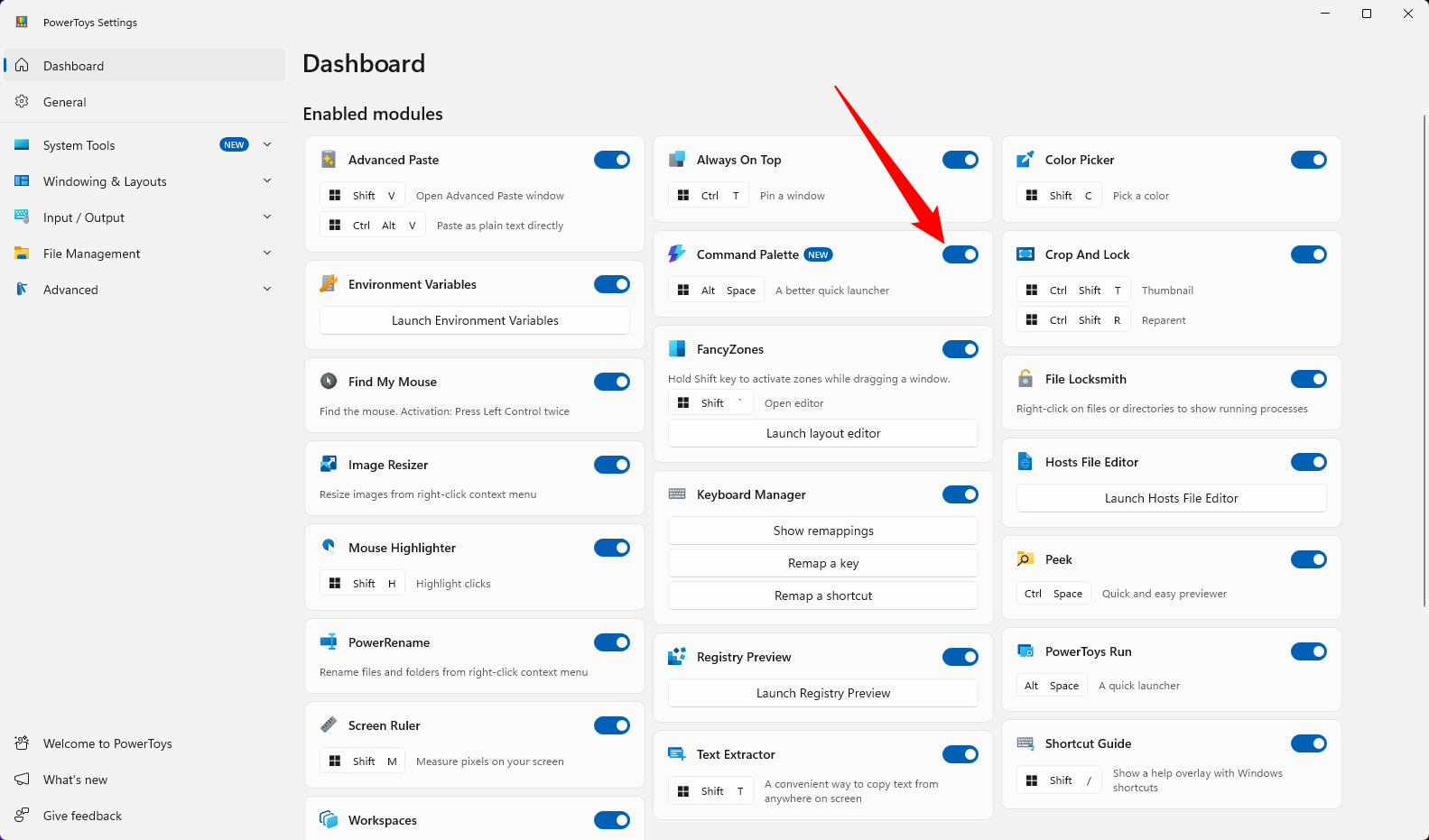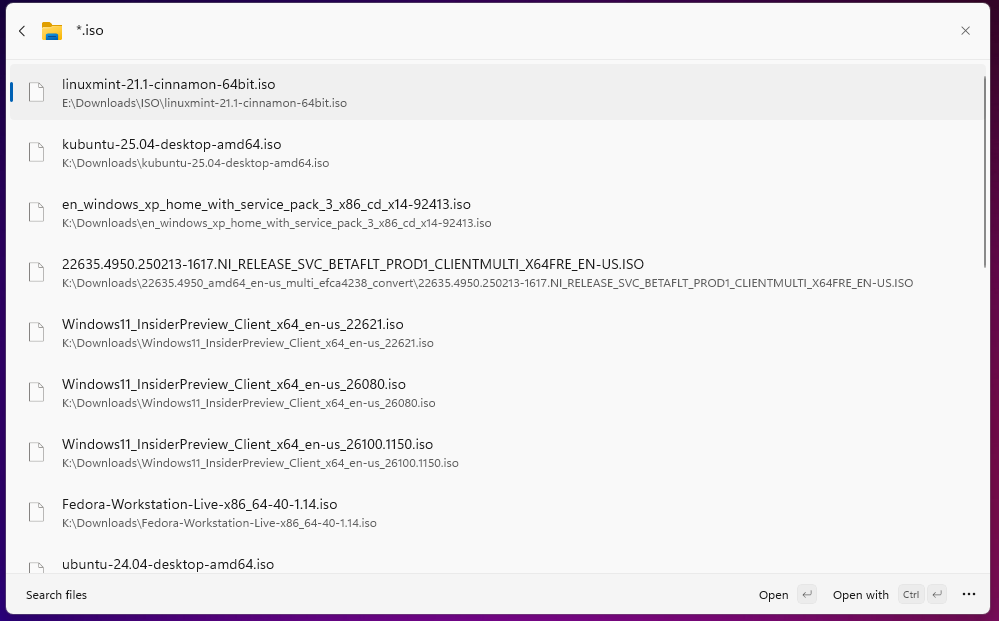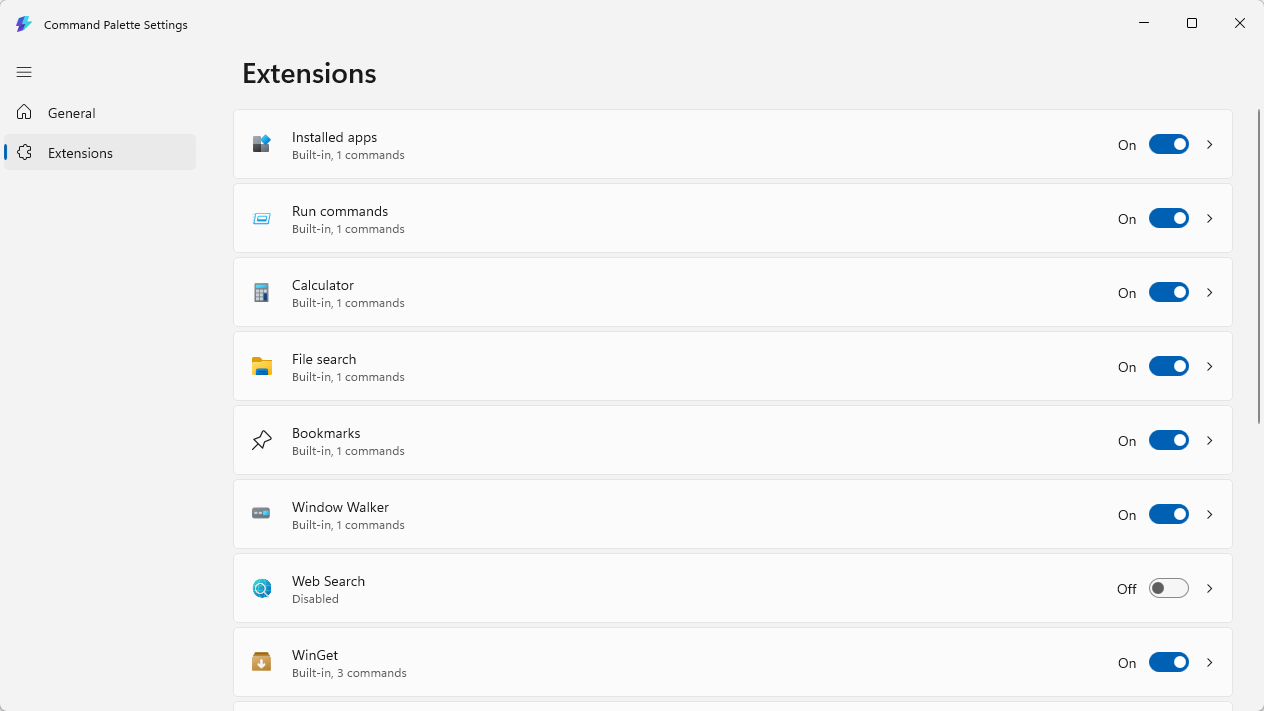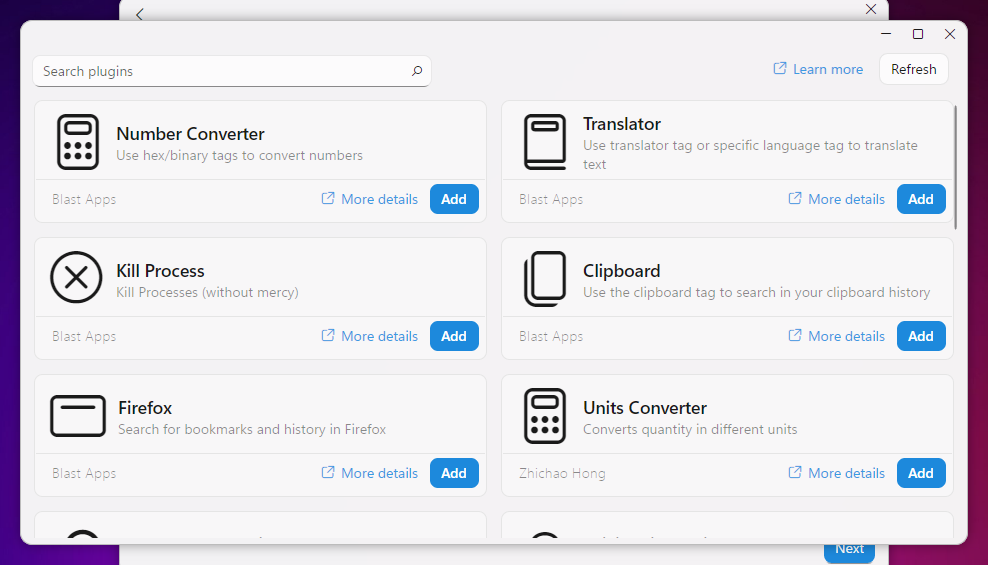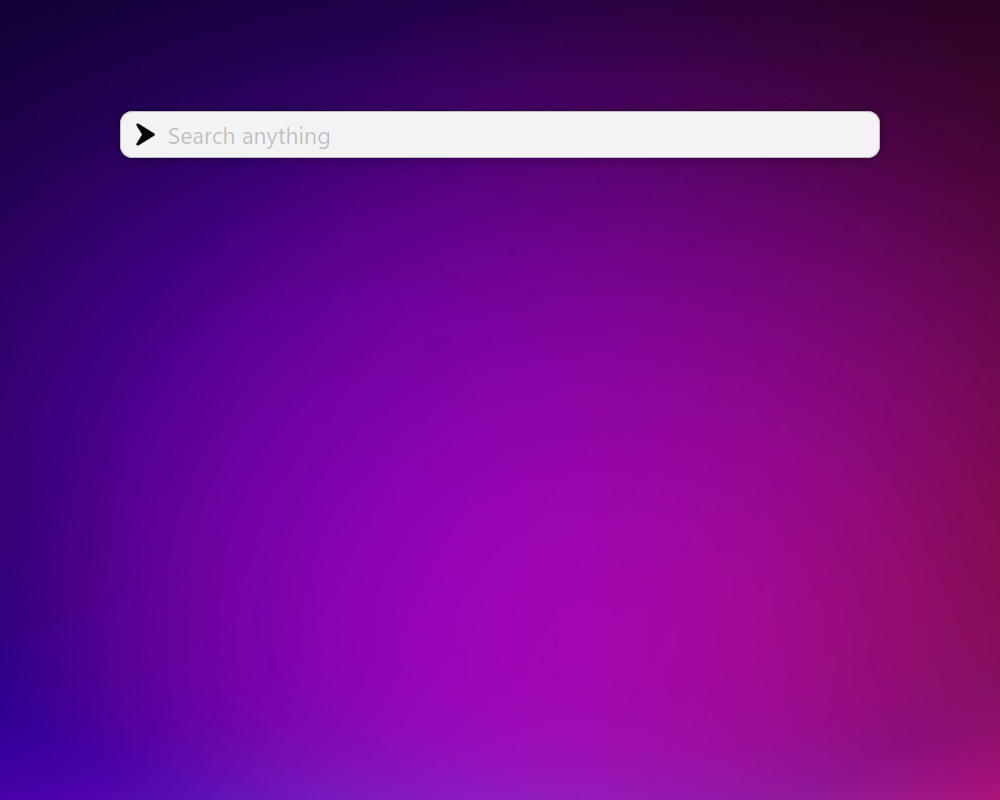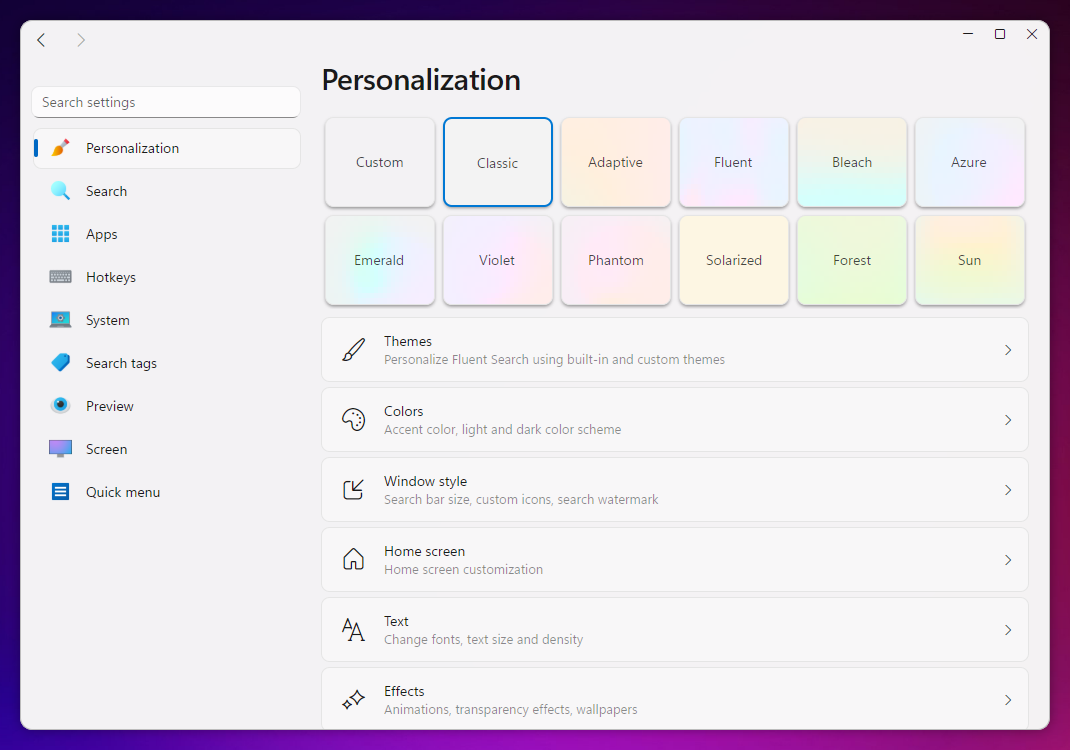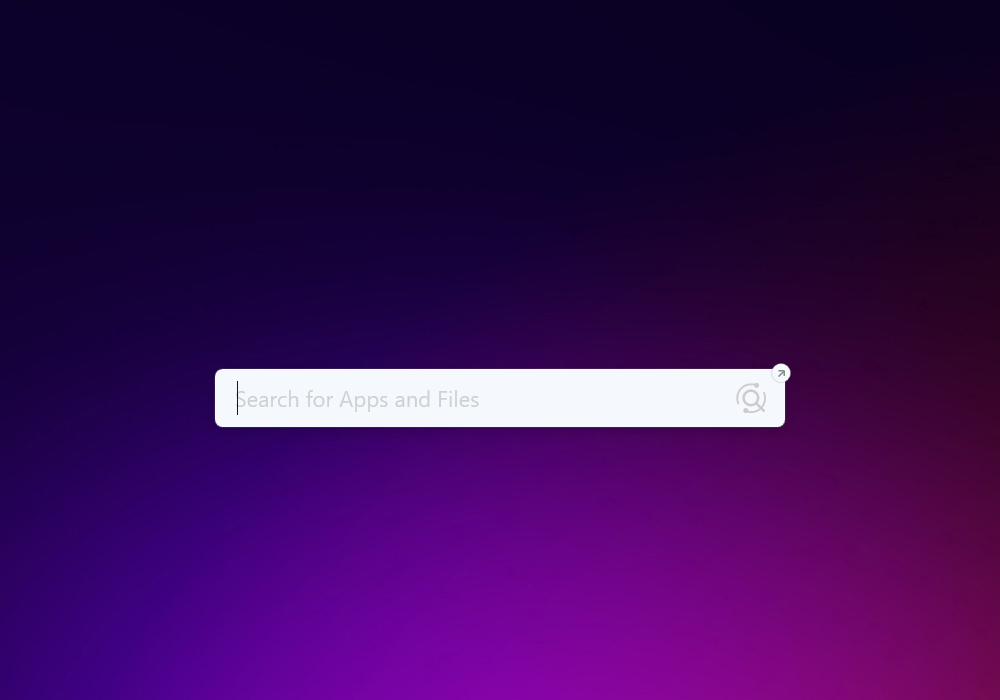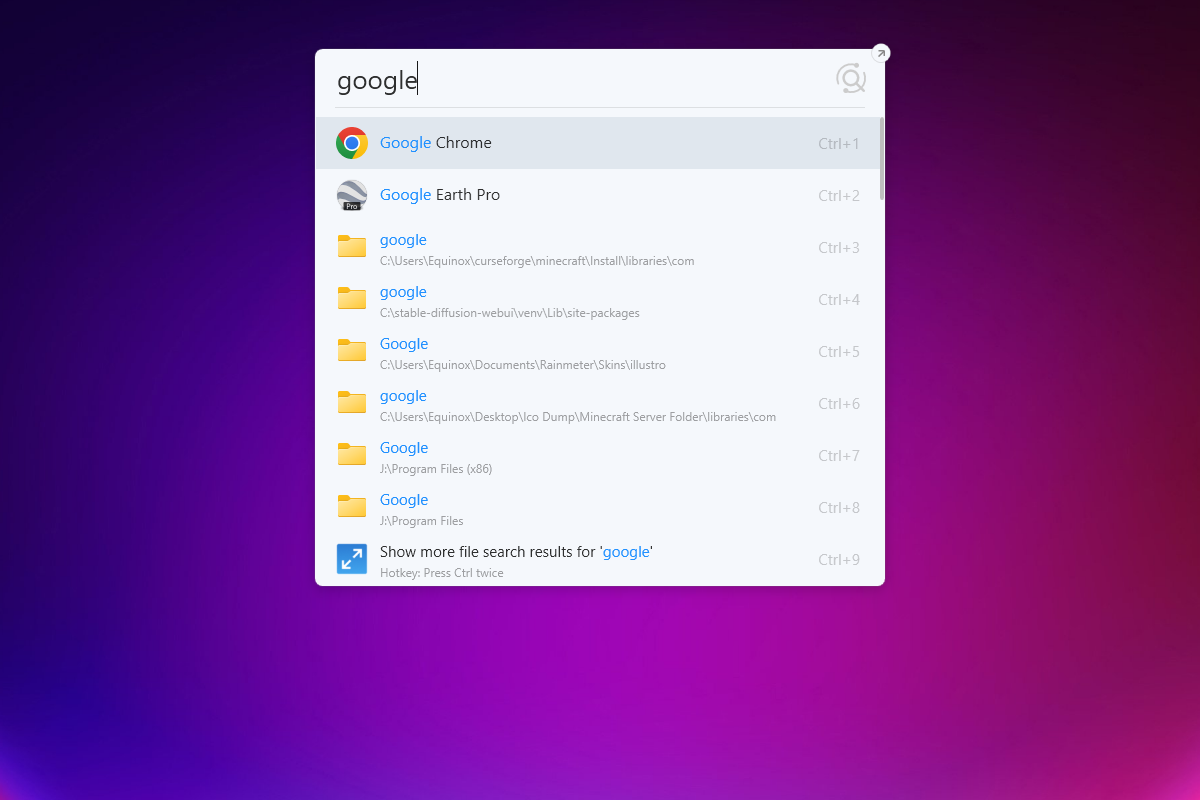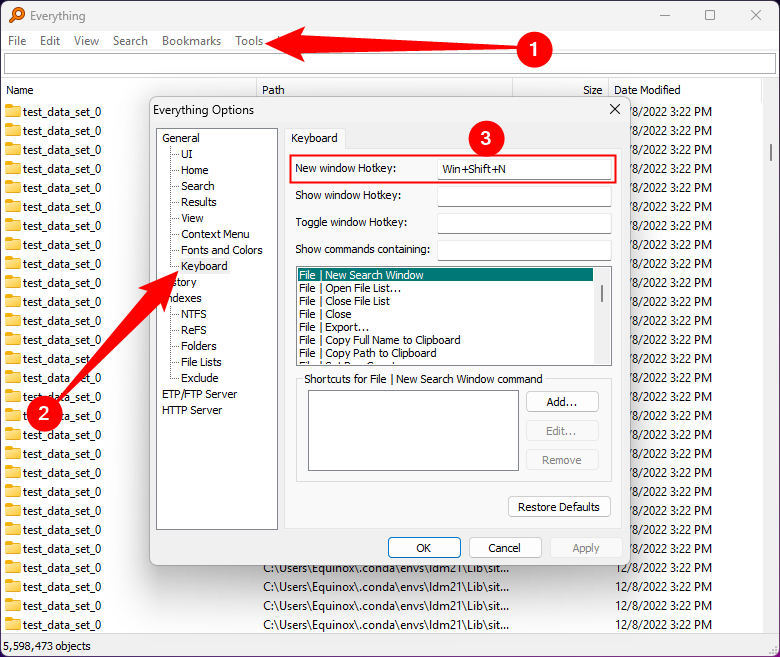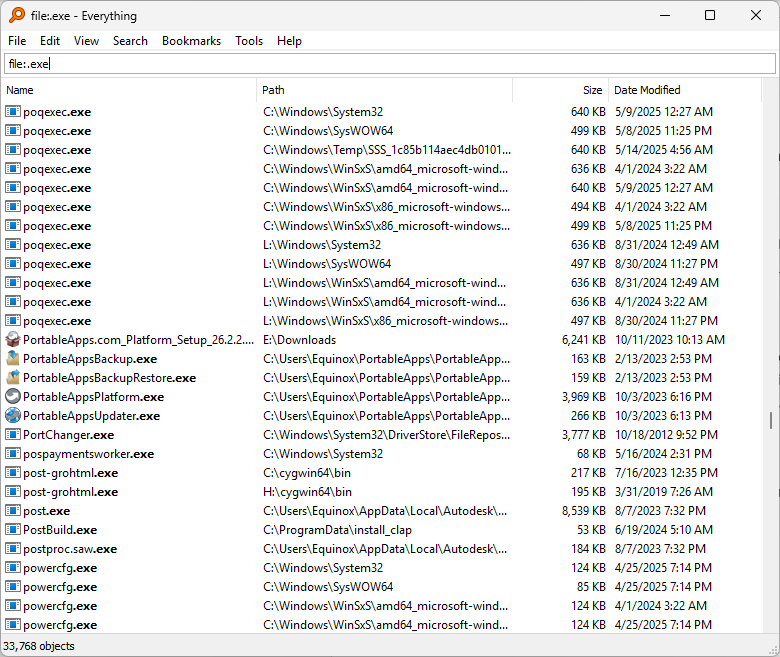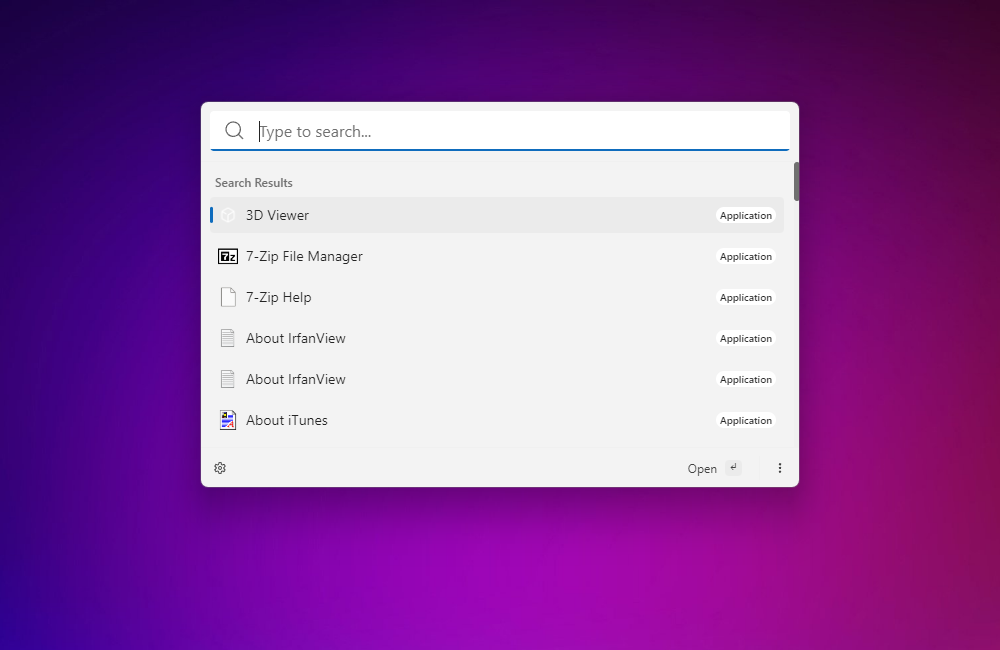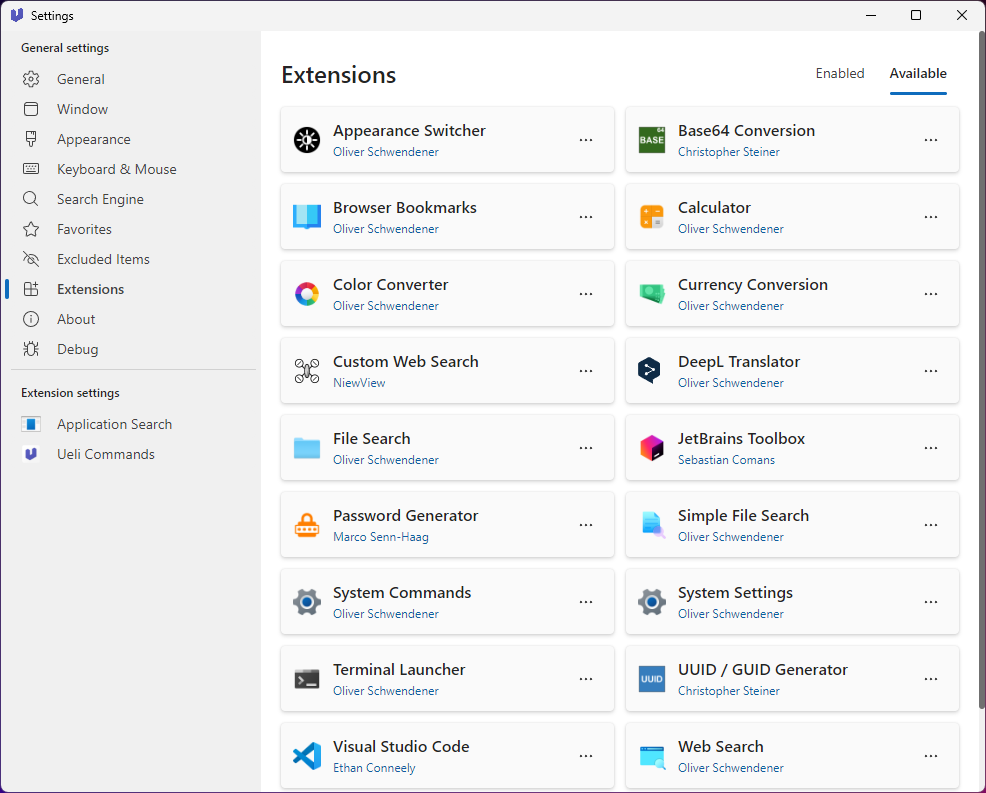The Spotlight Search built into macOS is one of those small but endlessly useful features. However, the only equivalent built into Windows is the Start menu, which is a far cry from what you can get on a Mac. Luckily for us, there are a host of third-party options that offer the same, and even better, functionality.
PowerToys
Powertoys is packed with extra useful features, many of which should probably be included in Windows by default. It can be installed from the Microsoft Store or Github
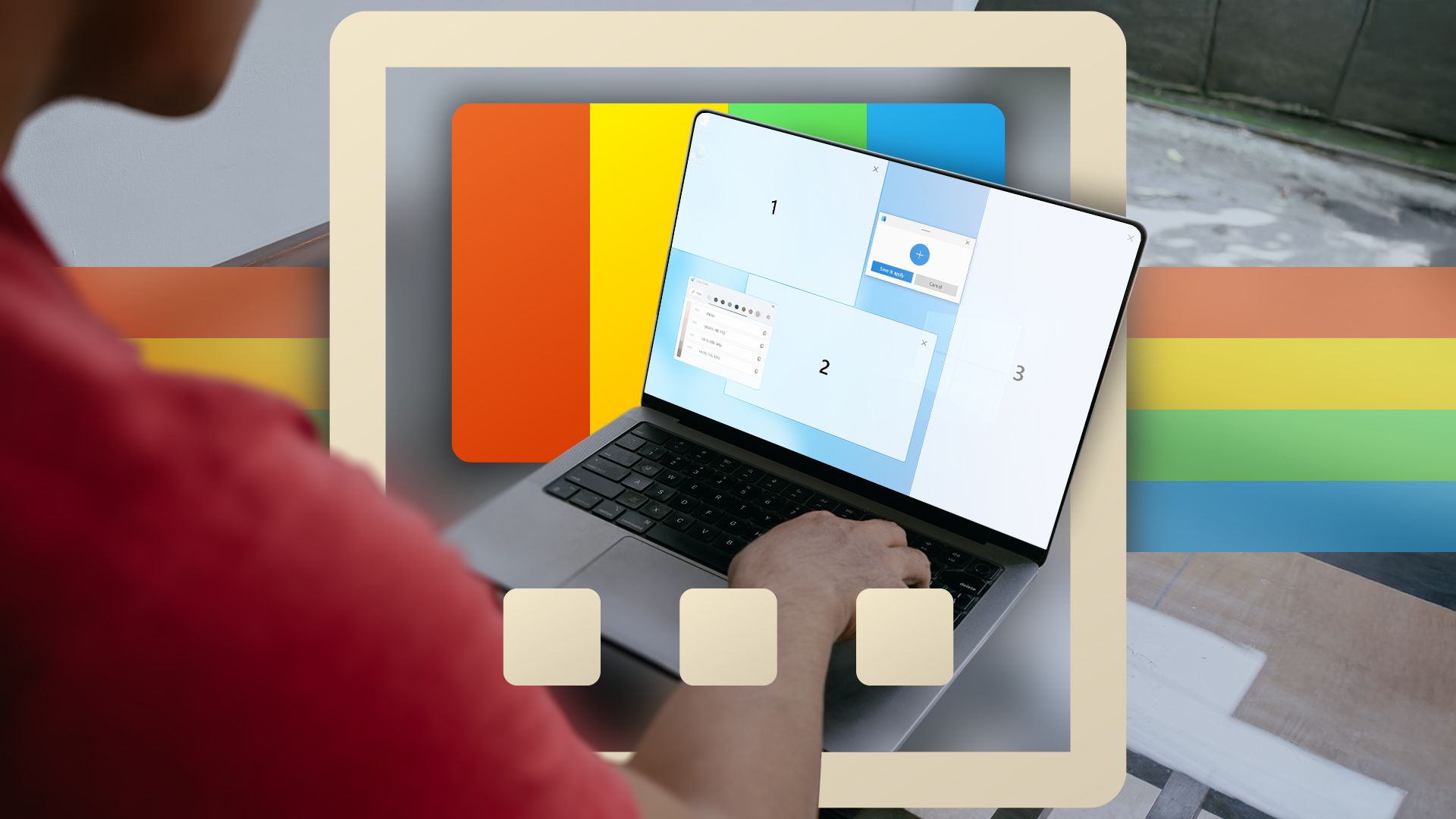
PowerToys Is the Ultimate Work From Home Companion App
Working for home can be a trade-off in conveniences. Here’s how I use PowerToys toWFH smarter, not harder.
Among the best is the Command Palette, which replaced the older PowerToys Run utility. At its most basic, Command Palette is much like Spotlight Search, or what you get when you press the Windows key to open the Start Menu and just start typing.
However, if you take the time to learn a bit more about the extensions, you’ll quickly find it is much more flexible. Each option listed on the main Command Palette screen is its own function. For example, if you wanted to search for files, you’d first type File followed by a space, then you’re exclusively be searching for files.
From there, you can enter whatever search term matches what I’m looking for.
The same thing applies to all the other options you see listed. If you go to the Command Palette settings, you can tweak how they behave, or even disable certain extensions completely.
Fluent Search
Fluent Search has almost one-to-one feature parity with Spotlight search on macOS, almost perfectly matches the design theme in Windows 11, and is extremely flexible.
When you first install the app, you’ll be prompted to make a few choices about which plugins you’d like to use, and there are a lot of them. I’d recommend sticking with the default options until you’ve had a chance to use it a little bit.
Once the installation is complete, you just need to press Control+Alt to open up the Fluent search, then type whatever term you’d like.
Depending on what plugins you have enabled, you can change how the search bar behaves. For example, if you type apps then hit the Tab key, you’ll only search the apps installed on your PC. If you type files, you’ll search your files and folders.
Fluent also comes with the ability to tag each item on your screen with a key, so that you can interact with your user interface without using a mouse. Just press Ctrl+M then tap the corresponding key.
Beyond the practical functionality, Fluent Search comes with a dozen pre-made themes and the ability to customize its appearance even further.
And, as you might hope, if you leaf through the Settings, you’ll find additional ways to tweak the behavior of the app, the plugins, and the search terms.
Listary
Listary is another popular Spotlight substitute for Windows. Once you download and install the app, double-tap the Control key to open the search window and get typing.
By default, Listary lets you filter your search by folder, file, document (doc), picture (pic), video, and audio. Just enter the appropriate filter name followed by a colon, then whatever you’d like to search for.
You can also launch any apps you have installed by searching for the app name, then clicking the result or by pressing enter.
Listary comes with a “pro” offering, which includes a fair number of useful features. For example, it enables you to create custom filters, index network drives, and it is required if you want to use dark mode.
Pro costs 19.95 for a lifetime license.
Everything
Everything has been a popular search replacement for years, and for good reason: it works, and it certainly feels faster than the default search.
When you first install and launch Everything, the first thing you should do is set a hotkey to open it. I opted to make it Win+Shift+N. Navigate to Tools > Settings > Keyboard, then enter the hotkey you want in the box next to New window Hotkey.
You can also customize which drives it indexes, and which files it displays, in NTFS and Exclude respectively.
You can specify what you’re searching for by entering a search filter in the search box. For example, if you only wanted to search for files, you would type file: followed by whatever file you’re searching for. In this example, I was looking for executable files, so I entered .exe.
UELI
A relative newcomer, UELI features a design that is as functional as it is minimalist. By default, it can search for files and folders and run programs.
Just press Alt+Space and enter your search term, or the name of the app you want to launch.
However, it also offers about 20 extensions that you can add by going to Settings > Extensions > Available. They add any number of functions, from password generators to language translators.
After a bit of testing, I found the integration with DeepL particularly fun.
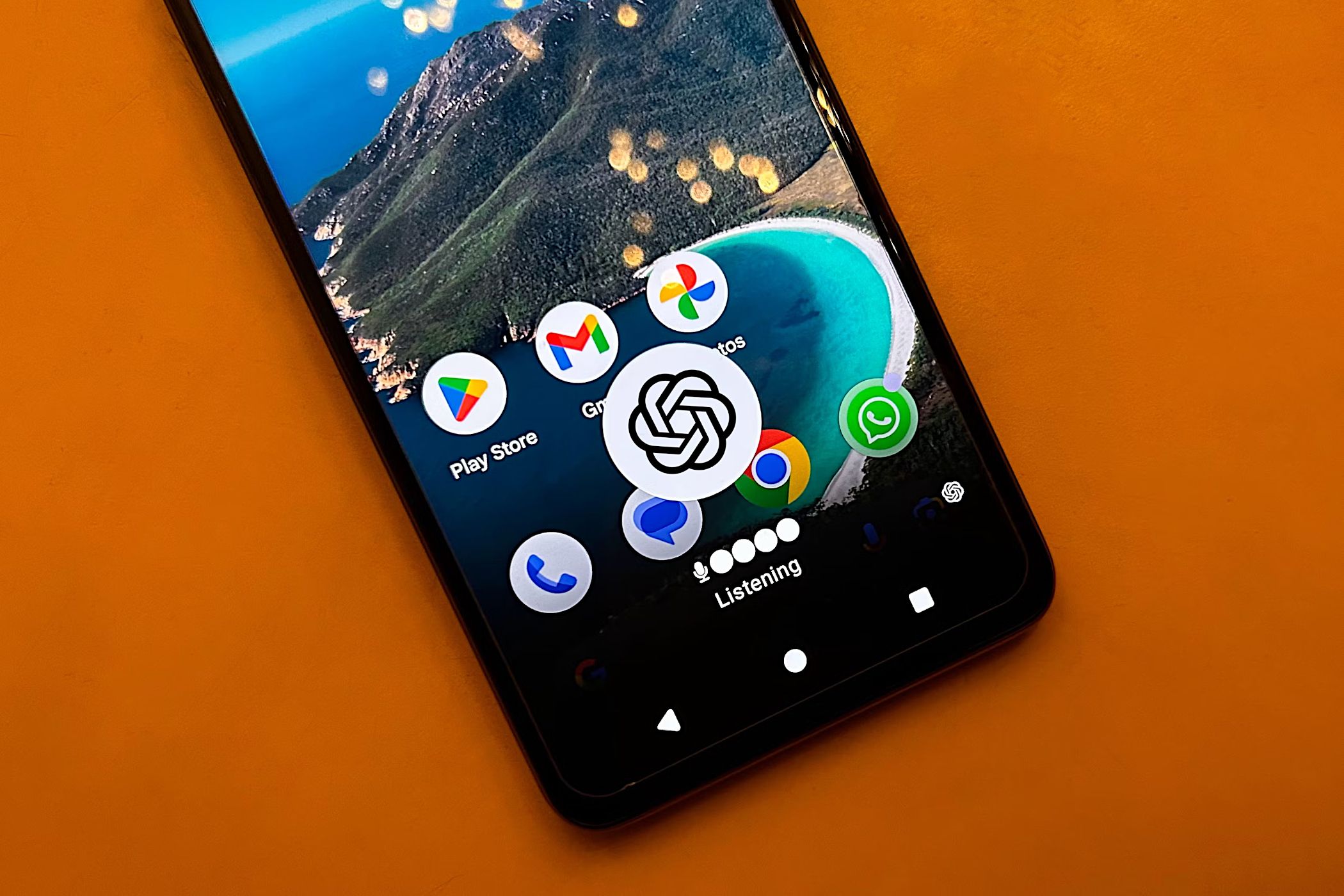
Is ChatGPT a Better Translator Than Google Translate?
Has ChatGPT surpassed Google Translate at its own job?
These apps aren’t the only way to improve the functionality of your Windows PC, however. PowerToys has dozens of great extensions, and you can even swap out your file browser if you aren’t satisfied with the Windows File Explorer.


